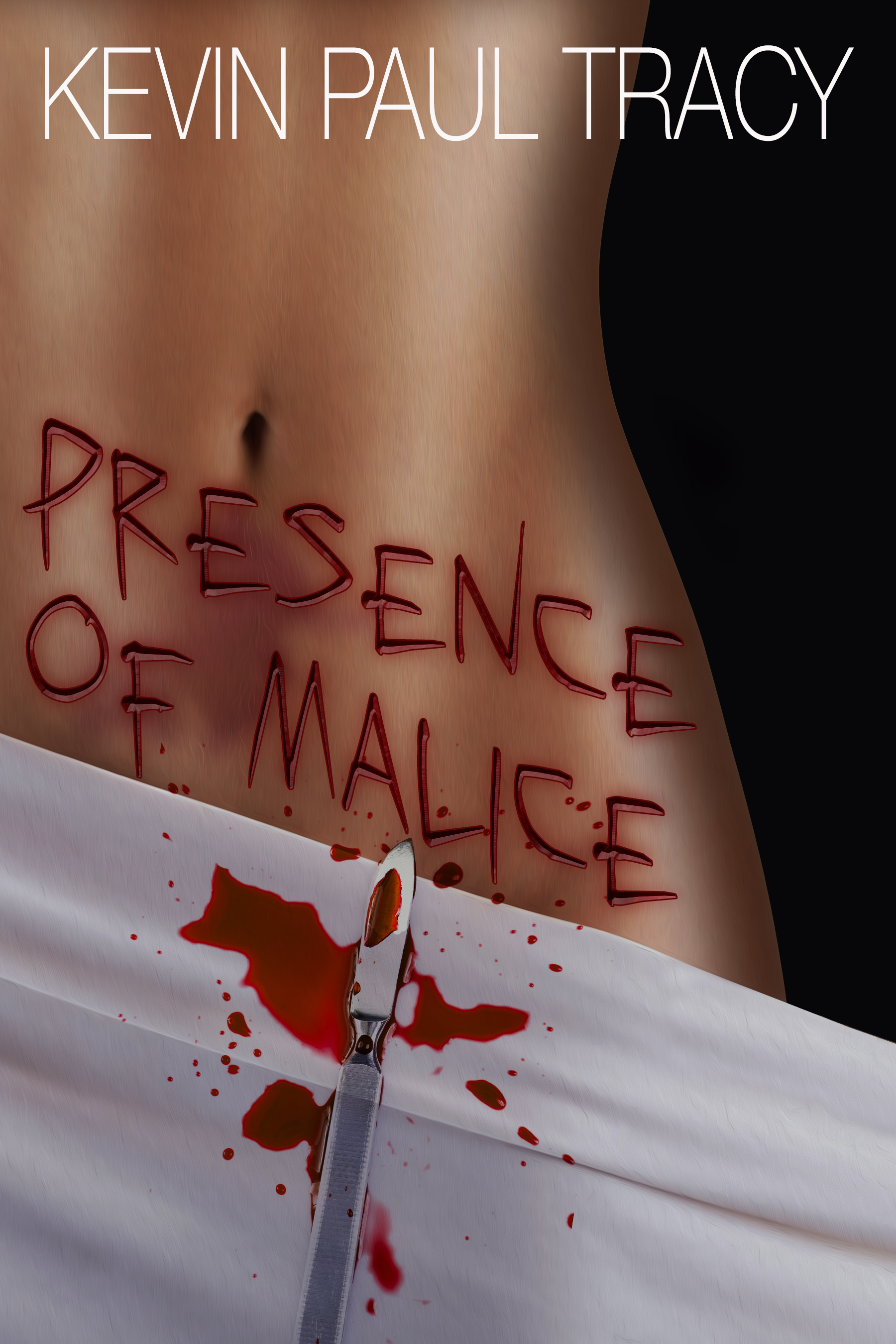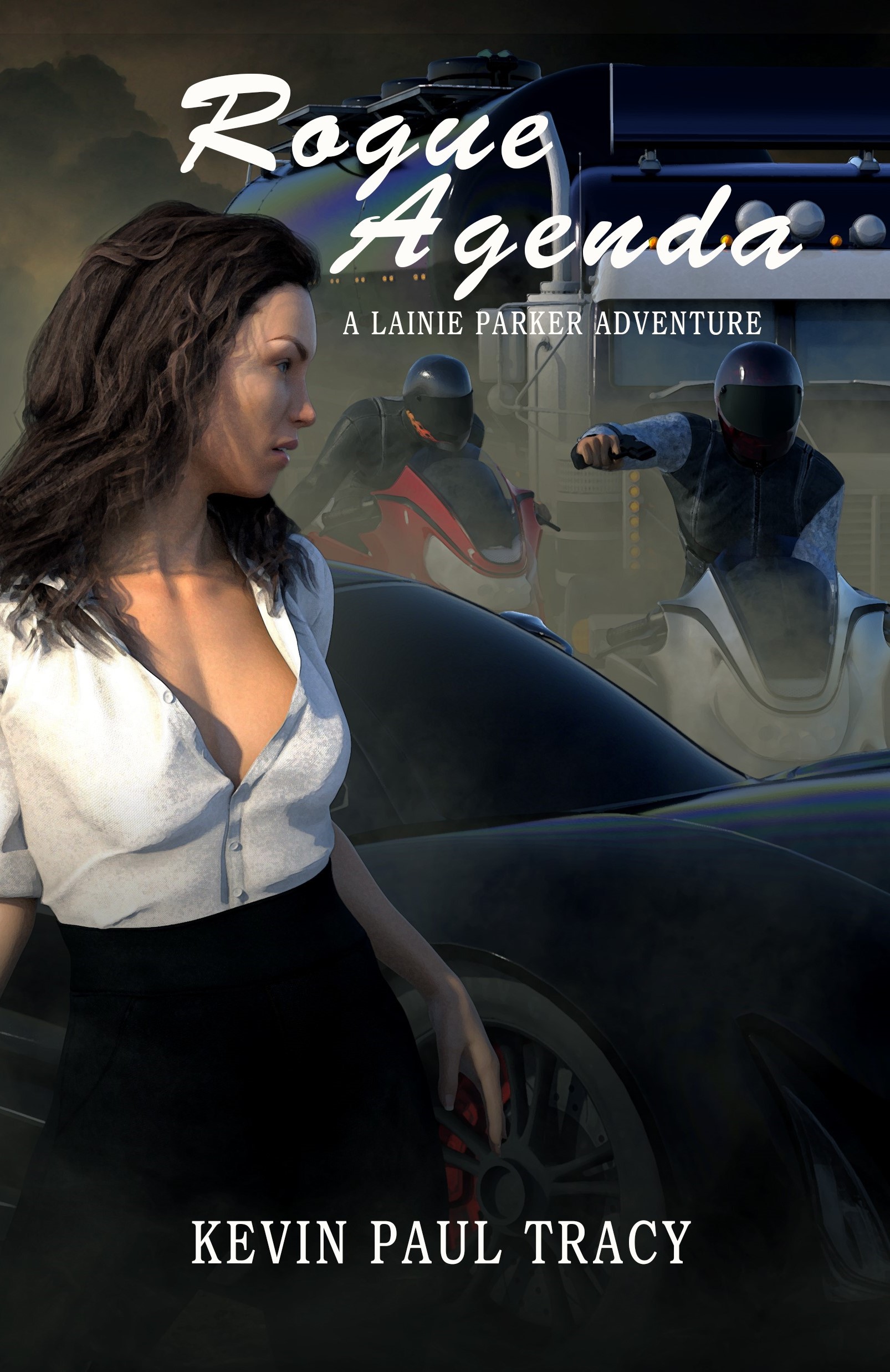SEQUELS
I'm back from a long hiatus. I apologize to regular readers of my blog - it appears when I'm writing a manuscript, most of my writing energy is taken up by that. Between that and certain outside obligations - most notably my monthly contribution to the Rocky Mountain Fiction Writers blog the first Thursday of every month - and it seems I have little energy left to keep up my own blog. I'm going to work on that in the future, because this blog is every bit as important to me as any of those other projects. It's how I keep in touch with my readers, after all.
The good news is Bloodtrail, the hotly-awaited sequel to Bloodflow, is off to the editor. Now the rest is up to him. But this has prompted me to share a few thoughts I have on sequels. A new perspective, as it were, gained by working on this project and facing the age-old challenges of all writers struggling to write a series.
For example, with so many fans of the first book, is it possible to please them all? It's unlikely that everyone likes all the same things about the first book, so what are those elements of the first book that drew most readers and kept them reading? Can those elements be carried over to a sequel? Can you pick-up, once more, the same rhythm and cadence of the first book, the same atmosphere and voice, while also making it fresh and advancing the series in important and, most of all, entertaining ways?
The biggest difference I see between a single, stand-alone novel and a series is that while a single novel deals with a a story arc, and with character arcs, a series expands that. Each successive sequel must contain it's own, internal arc, yes, but now it must also extend an even larger arc that is not resolved in each book, but is carried over throughout the series. Likewise, the arc of recurring characters must also extend across the series. While some conflicts must be resolved in each book, others must be carried over. And these extended arcs must by expanded in realistic, believable ways. There are television series on the air now who use old, dried-up soap-opera tactics for extending story arcs, plainly transparent artificial constructs to make a plot-line carry over several episodes. These blatantly manipulative "plotting devices" insult me, and therefore they anger me. I can only imagine others feel the same way. I don't want to insult or anger my readers, so I better make damn sure that my extended plot-lines come tight and smart and believable.

In video game design, there are four levels of opponents a user must face. There are Pawns, or nuisance opponents that present obstacles but little more than that. These are the little mushrooms or strawberries or ghosts or whatever that could kill you if they hit you head-on, but are easily dispatched with a single shot or bop on the head or other similarly simple action. Then there are the Fighters, the ones that, themselves, track you, follow you and shoot at you. They are also fairly easily dispatched as long as you are wily and don't get hit first. Next, there is the Boss, who much like the fighter can track you and shoot at you, but who also must take more than one hit in order to defeat. Then, finally, there is the Super-boss. The Super-boss is the hardest yet to kill. He is smart, mobile, heavily armed and heavily protected. Killing him is not a straightforward proposition, you must make use of some trick or special ability or some such rare commodity to defeat this villain.
Writing a series is much the same. There is the immediate plot-line of the current book, the obstacle (which does not have to be a human enemy, perhaps a disease or impending tornado, etc.) which must be overcome within the current plot-line, being resolved by the end of the book itself. Then there is the small-arc plot-line - an obstacle that recurs over a wider arc than just one book, but not, perhaps, the entire series. This plot-line can take two, three, even four volumes to be resolved. And finally the overarching series plot-line, the primary question of all questions that cannot be answered so easily, but whose solution must be found by the final book in the series.
These are the series' that grab and hold my attention, and I imagine most readers as well. This, I think, makes a great starting point when developing a series. Please feel free to share, via comments, below, your thoughts or ideas on other things to incorporate into a successful series.
Labels: bloodflow, bloodtrail, books, plot-line, plotting, readers, sequels, series, writers, writing






1 Comments:
Hi Kevin! I tried the series approach, made it through two books and the beginnings of a third, and threw in the towel. I'm going to do standalones and spinoffs for now so I can better indulge my wide range of interests (or you could call that genre-hopping which used to be verboten but is now embraced by crazy writers like me).
Post a Comment
<< Home